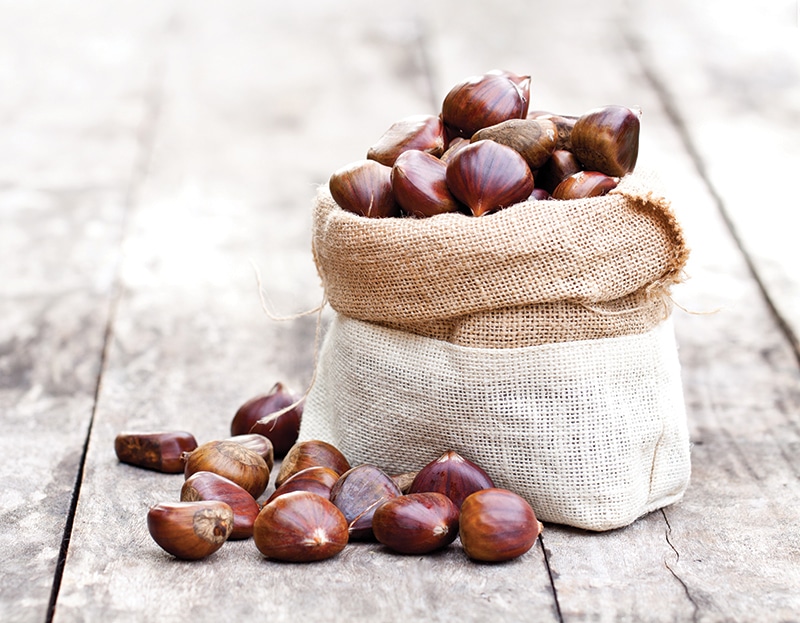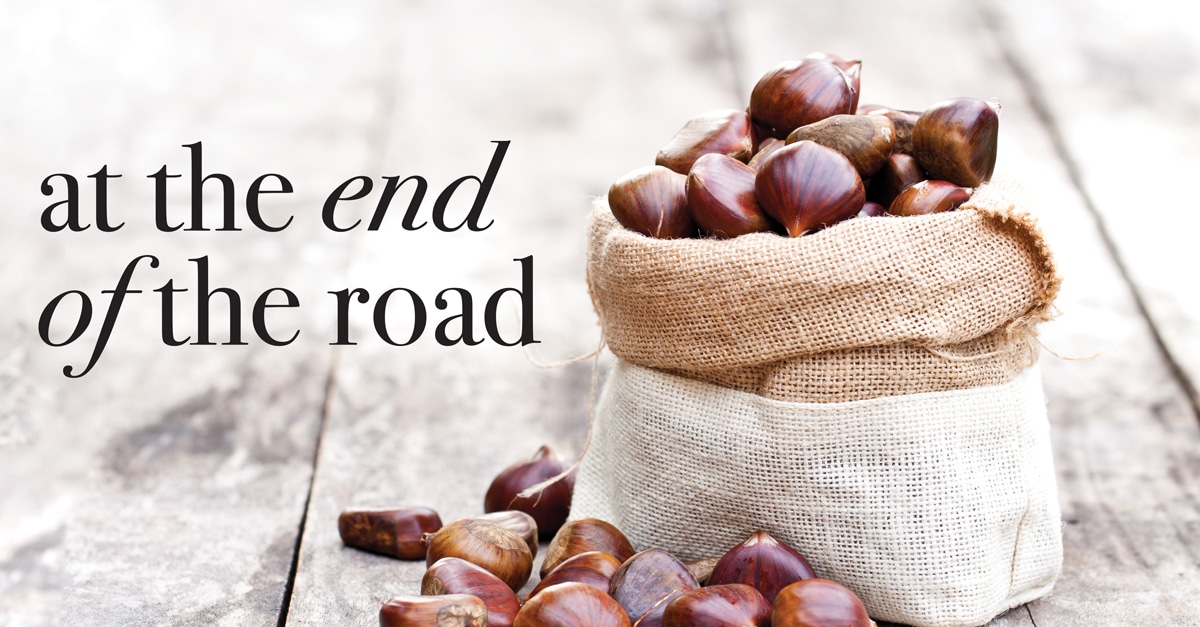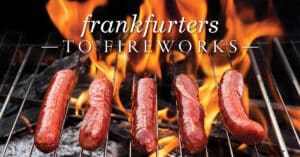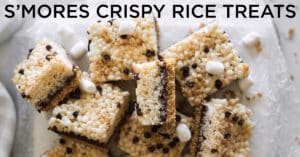At the End of the Road
Harrison’s California Chestnuts in Gridley…
You’ve likely heard the lyric popular in “The Christmas Song” about “chestnuts roasting on an open fire” that conjures up feelings of warm hugs on cold nights, coziness and being close to friends and families… but have you ever had a chestnut or wondered where they come from?
Chestnuts have been a food source in Europe for centuries, and the trees that they grow on become monstrous, providing a nice wood base at the end of their production cycle. There’s relatively little guidance on chestnut farming in the United States, but when Paul and Sandy Harrison got close to retirement, they stumbled upon a small ad in the San Francisco Chronicle promoting a 13-acre farm for sale in Gridley that was at “the end of the road.”

“We were such adventuresome souls. We bought a boat and lived on it for a while, but for health reasons, we decided that living on a boat wasn’t feasible for us, so we sold it and then saw an ad in the San Francisco Chronicle about this property for sale,” Sandy says. “And we always wanted to live at the end of the road. It’s quiet and safer for pets.” The transaction happened fast and pretty much on a handshake deal; two weeks later in 2004, the Harrisons moved onto the land.
The couple did have some experience with farming; Paul and Sandy met at Chico State University in the 1970s when Paul majored in agriculture. When they moved to Gridley, the couple decided to focus on chestnuts because they were always so fascinated by them. Like many people, they wondered, “What is a chestnut?”

The previous farmers grew kiwi, peaches and chestnuts, but Paul and Sandy wanted just a single crop. They kept the original swath of chestnut trees in the center of the orchard and filled in the rest with more Colossal and Nevada chestnut trees in the winter of 2005.
“Fruit trees required more pruning and seem to attract more pests; we like that we don’t have to spray the trees,” Sandy says, gesturing to the thriving orchard from her comfortable back patio. Even though coyotes, possums and raccoons like to meander through the property, it’s squirrels that are the biggest pests because they tend to chew up the PVC piping in the irrigation system.
Now that Sandy is the head grower and knows how to drive the tractors and enjoys it, she has more of an appreciation for keeping things up and the irrigation system. All plants, animals and trees seem happy and taken care of, as hummingbirds poke their noses in the flowers and her cat Max purrs and nudges her for attention.

Sandy explains that some of their chestnut trees are 50 years old and can live to be in their hundreds. Chestnuts are a grain that grows on a tree and contain a good balance of complex carbohydrates, proteins and vitamins. They have zero fat, are gluten free and are good for slow digestion, checking a lot of the boxes of what people are trying to move toward in healthy eating.
Harrison’s California Chestnuts form on the trees in May and generate several thousand chestnuts per acre. Sandy figures they get six or seven years of production. “I haven’t been able to figure out the pattern of how they produce. Last year the old section produced better than some of the younger ones did,” Sandy says, adding that maybe the increasingly hot summers can make the trees unpredictable. “I don’t think they’re fond of 100-degree temperatures; it seemed to affect the volume and size of the chestnuts.”
One has to wear a hat when walking through the orchard, because the baseball- sized green burrs with cactus-like spikes can fall off the trees at any moment. However, they usually start dropping after Labor Day, which is when the crew picks them up with a metal hand roller (or sweeper). Then that intimidating prickly outer casing of the chestnut is fed through a burr remover machine, as well as a harvester before they can be sold in the form that you see in the store. Sandy enjoys prepping the chestnuts for sale

with other local farmers because it makes the process easier and faster, and it’s nice hanging out with likeminded people. “I’m part of a wonderful
farming community and we really want to harvest every nut,” she adds.
One reason getting the most out of a crop is so important is because there’s a niche of people who are crazy about chestnuts and they tend to sell out fast, usually by mid-October. Half of their buyers are return customers, who stockpile them,
keep them fresh in cold storage and use them for recipes in the winter months. Chestnuts are priced by size. In her covered outdoor kitchen, Sandy pulls a couple of chestnuts out of the freezer from last year’s crop and shows off the heart of a chestnut, which looks like a bite-sized brain that can then be chopped up and

sauteed with vegetables or chicken, or simmered into soups and chummus.
“Our favorite thing is just to roast them and eat them,” Sandy says with a smile. Chestnuts have to cure and get sweeter as they age. They’re perfect when you can
feel a little movement between the skin and the shell. They are perishable, but you can flash freeze them or make gluten-free flour out of them. She says that chestnuts are a lot like a potato – if you don’t pierce it beforehand, too much pressure and moisture can build up inside the shell and they’ll explode. In her outside kitchen, she pierces the chestnut shells and roasts them on her stovetop or oven.
Harrison’s California Chestnuts participates in the Sierra Oro Farm Trail and opens the farm to the public every weekend in October from 10 am to 4 pm until they run out of nuts. In this same outdoor kitchen, Sandy teaches people how to efficiently pierce the chestnuts, roast them and crack them open.
“All chestnut farmers have their own style of how to cut them,” Sandy says.
What’s her favorite part of managing a chestnut farm? Without missing a beat, she smiles and says, “Eating them.”•
Harrison’s California Chestnuts www.californiachestnuts.com




